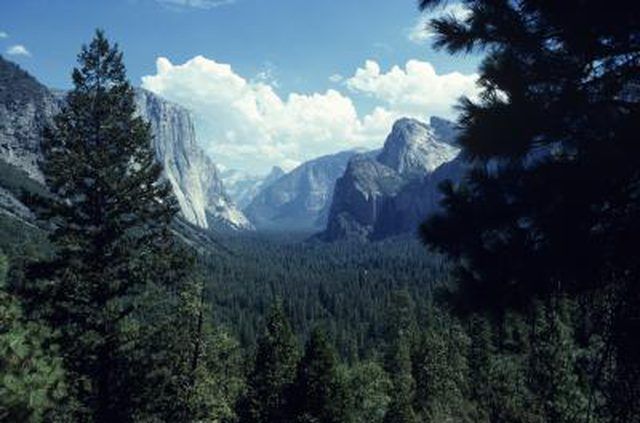Bulbs
Flower Basics
Flower Beds & Specialty Gardens
Flower Garden
Garden Furniture
Garden Gnomes
Garden Seeds
Garden Sheds
Garden Statues
Garden Tools & Supplies
Gardening Basics
Green & Organic
Groundcovers & Vines
Growing Annuals
Growing Basil
Growing Beans
Growing Berries
Growing Blueberries
Growing Cactus
Growing Corn
Growing Cotton
Growing Edibles
Growing Flowers
Growing Garlic
Growing Grapes
Growing Grass
Growing Herbs
Growing Jasmine
Growing Mint
Growing Mushrooms
Orchids
Growing Peanuts
Growing Perennials
Growing Plants
Growing Rosemary
Growing Roses
Growing Strawberries
Growing Sunflowers
Growing Thyme
Growing Tomatoes
Growing Tulips
Growing Vegetables
Herb Basics
Herb Garden
Indoor Growing
Landscaping Basics
Landscaping Patios
Landscaping Plants
Landscaping Shrubs
Landscaping Trees
Landscaping Walks & Pathways
Lawn Basics
Lawn Maintenance
Lawn Mowers
Lawn Ornaments
Lawn Planting
Lawn Tools
Outdoor Growing
Overall Landscape Planning
Pests, Weeds & Problems
Plant Basics
Rock Garden
Rose Garden
Shrubs
Soil
Specialty Gardens
Trees
Vegetable Garden
Yard Maintenance
Facts About Pine Trees
Facts About Pine Trees. The 120 species of pine (Pinus spp.) have various shades of green, various forms -- from pyramidal to open to rounded -- and various types of cones and needles. What all the pines have in common is their evergreen habit, their need for full sun and their spicy scent that permeates the air when the temperature is warm. Pines...

The 120 species of pine (Pinus spp.) have various shades of green, various forms -- from pyramidal to open to rounded -- and various types of cones and needles. What all the pines have in common is their evergreen habit, their need for full sun and their spicy scent that permeates the air when the temperature is warm. Pines thrive in a wide variety of U.S. Department of Agriculture plant hardiness zones.
Iconic Varieties
Native pines grow throughout the U.S. The red pine (Pinus resinosa) grows in USDA zones 3 through 7 and reaches up to 75 feet tall. The shorter Eastern white pine grows in USDA zones 4 though 9 up to 30 feet tall with gray-green needles. In USDA zones 5 through 8, pinyon pine (Pinus edulis) grows to 25 feet tall and produces pine nuts that were a source of protein for early Native Americans. Cinnamon-scented bark and heights up to 100 feet distinguish the ponderosa pine (Pinus ponderosa), which grows in USDA zones 5 through 9.
Growing Pines at Home
Because most pines are large, they look best in home gardens when you give them a space of their own to stand out as a specimen tree. Alternatively, all pines take well to pruning, and you can create a pruned hedge or screen by planting multiple trees. Slow-growing and small pines, such as Nana loblolly (Pinus taeda "Nana") that grows in USDA zones 6-9, grow well in containers. (See Reference 3)
Species for Home Use
You can grow slow-growing mugo pine (Pinus mugo), which grows in USDA zones 3 through 7, in a container, as a bonsai plant or at the back of a garden bed. Standard varieties grow 10 to 20 feet tall, and dwarf varieties grow 4 to 8 feet tall. Austrian black pine (Pinus nigra), which grows in USDA zones 5 through 8, also grows somewhat slowly and reaches 40 to 60 feet tall, with dwarf varieties reaching 3 to 20 feet tall.
As Old As Dirt
Slow-growing bristlecone pines (Pinus aristata) which grow in USDA zones 4 through 8 are the oldest living trees, with one in the Great Basin National Park in Nevada dating to about 4,600 years old. Sugar pines (Pinus lambertiana), with distinctive cones 10 to 20 inches long, are also long-lived, growing longer than 150 years. They grow about 200 feet tall in USDA zones 6 through 8.
Special Needs
All pines need well-draining soil to thrive and need no watering once they are established. Without well-draining soil, the needles turn yellowish and the branches appear droopy. With shallow roots, pines benefit from a thick layer of mulch, kept away from the trunk of the tree. Pines also suffer in urban environments with air pollution, but in the right USDA zones and with proper soil, water and full sun, most can survive such challenges.